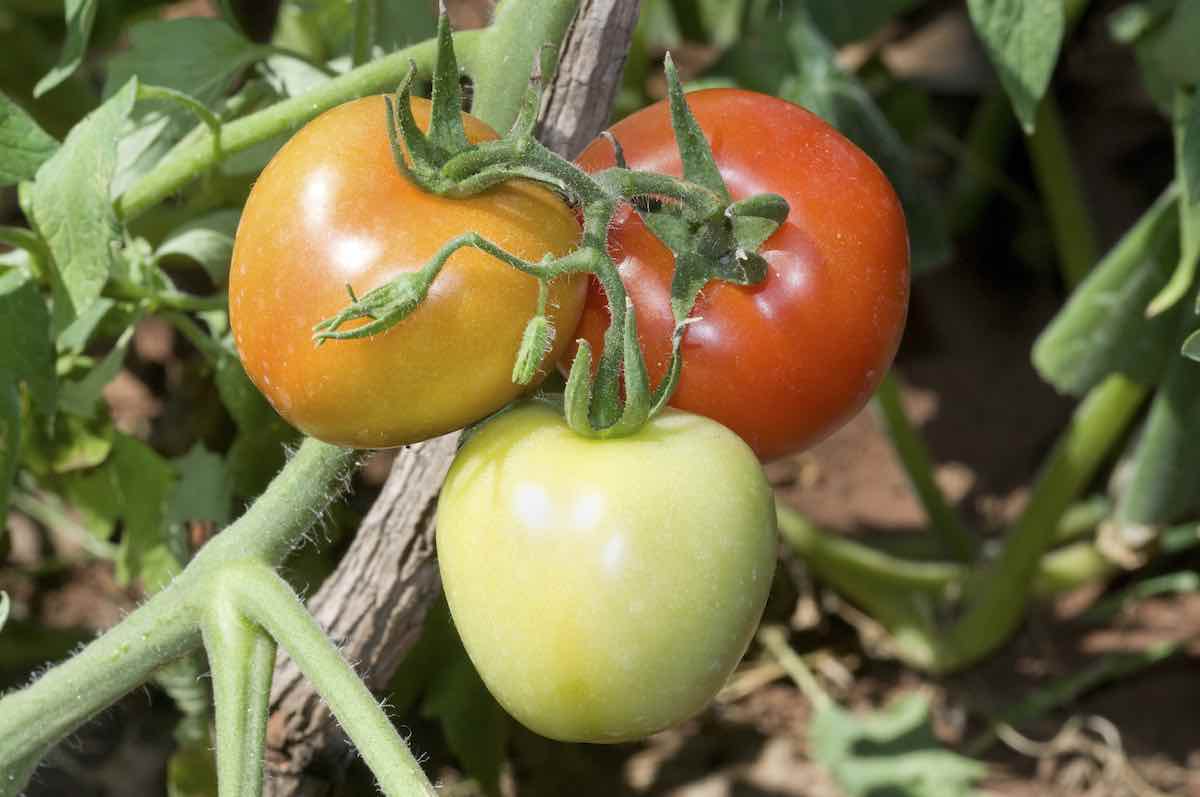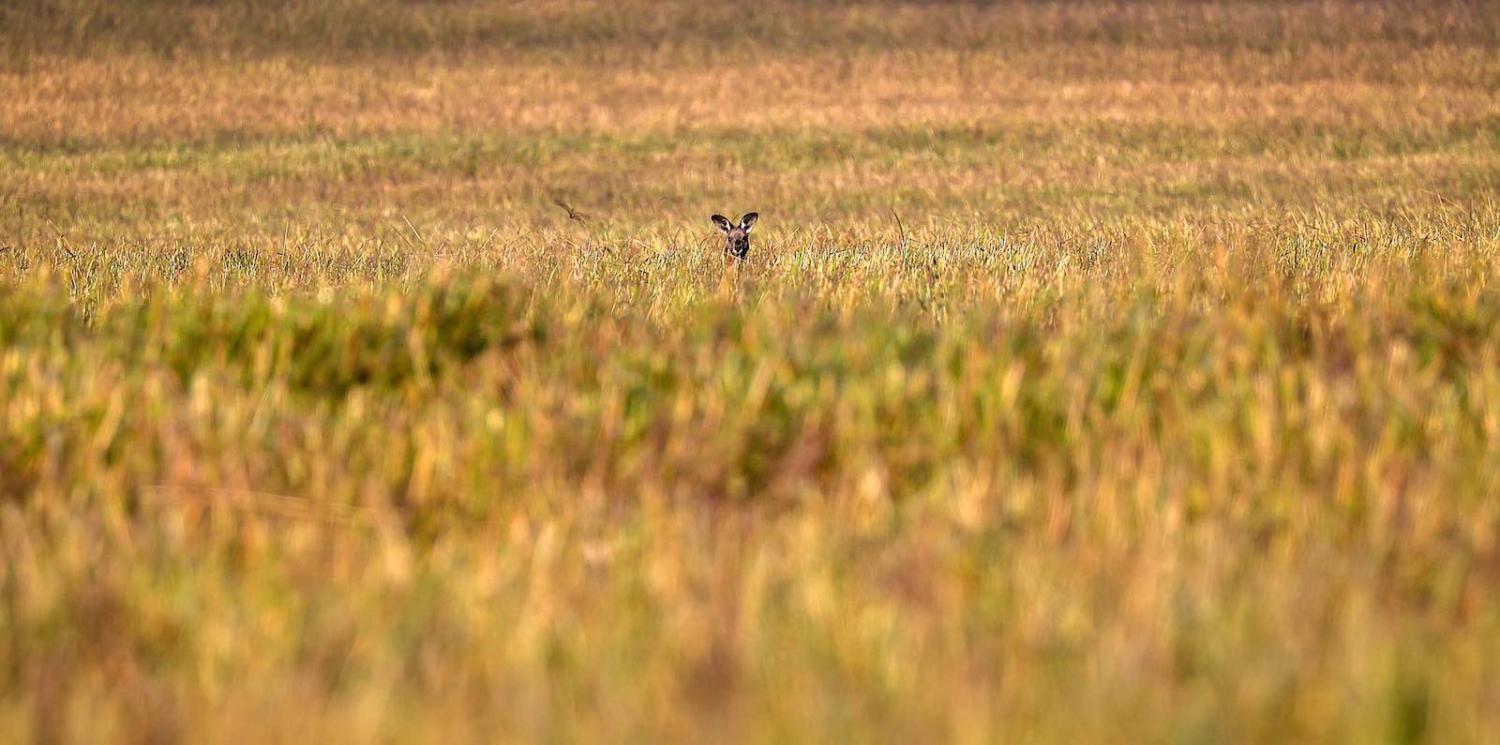Finding a consistent stream of agricultural labour in Australia has long proved a challenge. With Australians often unwilling to accept this type of work in the numbers required to get food to market, the government has sought to use visa schemes to remedy the problem, welcoming foreign labour. Yet in doing so, they have pivoted the industry’s labour market towards one specific visa category, and created an unfair competition between different visa holders. This situation now has serious implications for Australia’s foreign policy.
First, a little history. In 2005, the government thought it had struck upon an innovative solution to its agricultural labour shortage problem. Thousands of young and physically capable people entered Australia each year through its Working Holiday Maker scheme (known as the “backpacker visa”). This visa is open to people aged between 18 and 30 from European, North American and East Asian countries, allowing them to work in Australia for a year (citizens of Canada, France and Ireland have an age limit of 35). The scheme proved incredibly popular, and many people used it as an opportunity to advance their careers or find a pathway towards permanent settlement in Australia.
Capitalising on this sentiment, the Australian government decided to offer the chance to gain a second year-long visa if people first spend three months working in the agricultural industry in a rural setting. Subsequently a third year-long visa was made available after a further six months of agricultural labour.
Yet the upshot was to completely skew the agricultural labour market towards a group who weren’t actually committed to the regions they were working in – people who would simply disappear after meeting their minimum requirements. At the same time, it created a captured market for employers. This led to numerous instances of worker exploitation in both wages and conditions.
Fast forward to the present and the Covid-19 pandemic, and the restrictions on movement to Australia have meant the reliance on this visa group has also created a serious labour shortage in the agricultural industry.
In competition with these backpackers is one of the central pillars of Australia’s “Pacific Step-up”, the Seasonal Workers Program (although the scheme itself pre-dates the “Step-up” branding). The seasonal workers program aims to create agricultural job for citizens of Australia’s Pacific Island neighbours, as well as those of Timor-Leste.

Providing labour market access to developed economies for the citizens of developing nations has long been understood as the most effective – and least paternalistic – tool to enhance their livelihoods. Pacific Island governments have sought such access for some time. In contrast to backpackers, these seasonal workers return each harvesting season, understand the requirements of the work, and because they are supporting families in their home countries – rather than just ticking a box – are regard as more committed and productive.
These barriers to the seasonal workers program actually serve as a sheet anchor holding back one of the primary aims of Australia’s foreign policy: to foster the stability and prosperity of its Pacific neighbours.
According to the World Bank, following several months within the seasonal workers program, Pacific Islanders typically send back around $8,000 (US$5,700) to their families in their respective countries. This can be as much as three years worth of wages that they would earn at home. Tongans are the largest group who utilise the seasonal workers program, in per capita terms, and it has been estimated that their net earnings exceed the combination of Australia aid to Tonga and Tonga’s exports to Australia – an indication of why the scheme is so valued through the Pacific.
Yet the seasonal workers program has significant barriers to entry for agricultural businesses. Employers must be pre-approved by the government, and all positions they have must face labour market testing. Employers also must also provide accommodation, and be responsible for worker welfare outside of work hours. This helps mitigate against the chance of exploitation (although not completely), but it also leads some employers to baulk at using the program for their labour needs, seeing the framework around the scheme as too burdensome, especially when hiring backpackers involves none of these provisions.
These barriers to the seasonal workers program actually serve as a sheet anchor holding back one of the primary aims of Australia’s foreign policy: to foster the stability and prosperity of its Pacific neighbours. With the Covid-19 pandemic decimating the region’s tourism industry, the seasonal workers program will be even more vital for Pacific Islanders once borders gradually reopen.
Yet Australia should be looking for more ways to further encourage the agricultural industry to use the program to meet their labour needs. The most obvious solution would be to reconfigure the backpackers visa to reduce its agricultural components. However, the visa should not be completely abolished, as some unions are advocating in a misguided belief that Australians would rush to take these jobs instead. They won’t. The working holiday scheme remains an important instrument to attract young and educated people to Australia.
Reducing the unbalanced competition this visa creates in the agricultural labour market should be a priority for the government. There is currently a strong alignment of needs between Australia and the Pacific in this area. Allowing the seasonal workers program to flourish is in Canberra’s interests just as much as those of Pacific Islanders.


